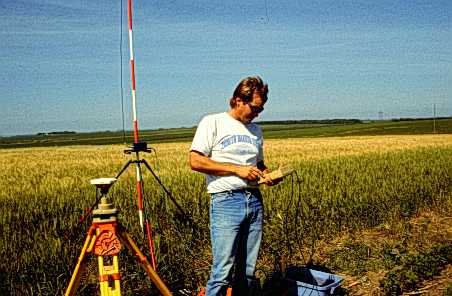

Does the new auto steering technology really work?
More precision. More cost savings. More crop yield. That’s the productivity-potential story behind the new fully integrated, GPS-based precision automated steering system now available. Although the automated steering system isn’t totally hands-free (the operator must still make end-row turns), it eliminates the need to steer when the tractor is being operated in straight lines in open fields. The automated steering system eliminates human error, such as overlapping and skipping, which can lead to under or over application of pesticides, fertilizers and seed. Automated steering also makes it easier to implement controlled traffic patterns in fields, which reduces soil compaction and often increases yield. All tractor auto-steering systems are dependent on GPS technology. The system continuously receives GPS satellite signals and employs satellite or base station correction signals to improve accuracy. The auto-steering system uses GPS position data as the primary input, with secondary input provided from a steering sensor in the front axle.
The picture on the left is a man setting up a Real Time Kinetic GPS base station in a field. This local RTK GPS base station is what make the auto steer so accurate in terms of only 2 to 10 cm. Instead of waiting several sec. to get GPS signals from a satellite in space, the signals now are on a couple hundred yards away so they get there faster. This is how this type of GPS is more accurate. In the picture on the right, this is New Holland's brand new autosteer tractor that is now avalible for purchace.

